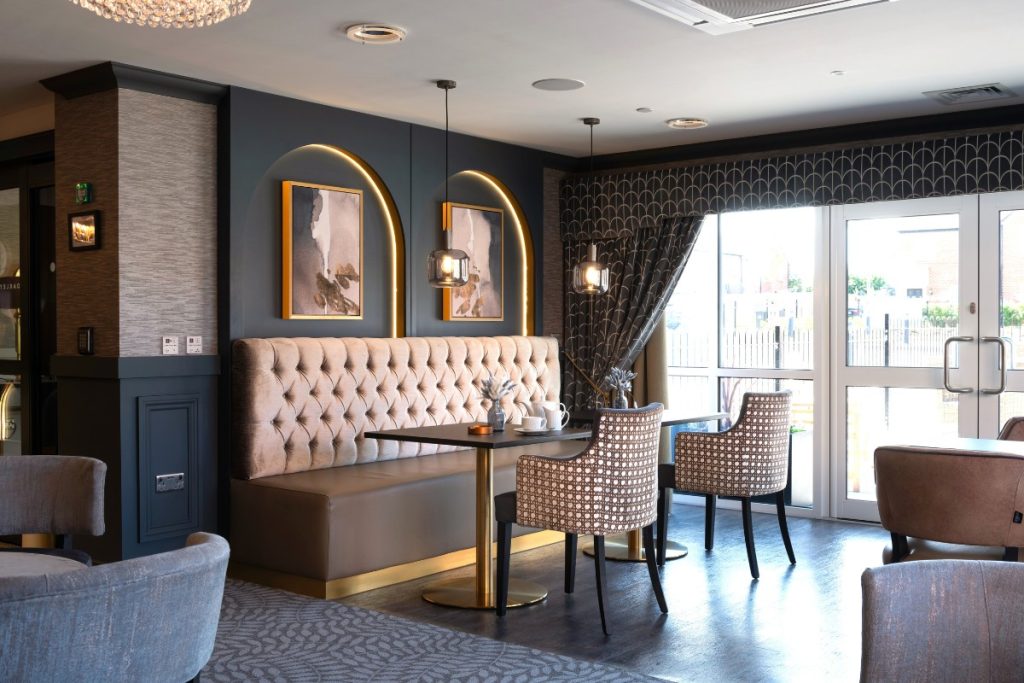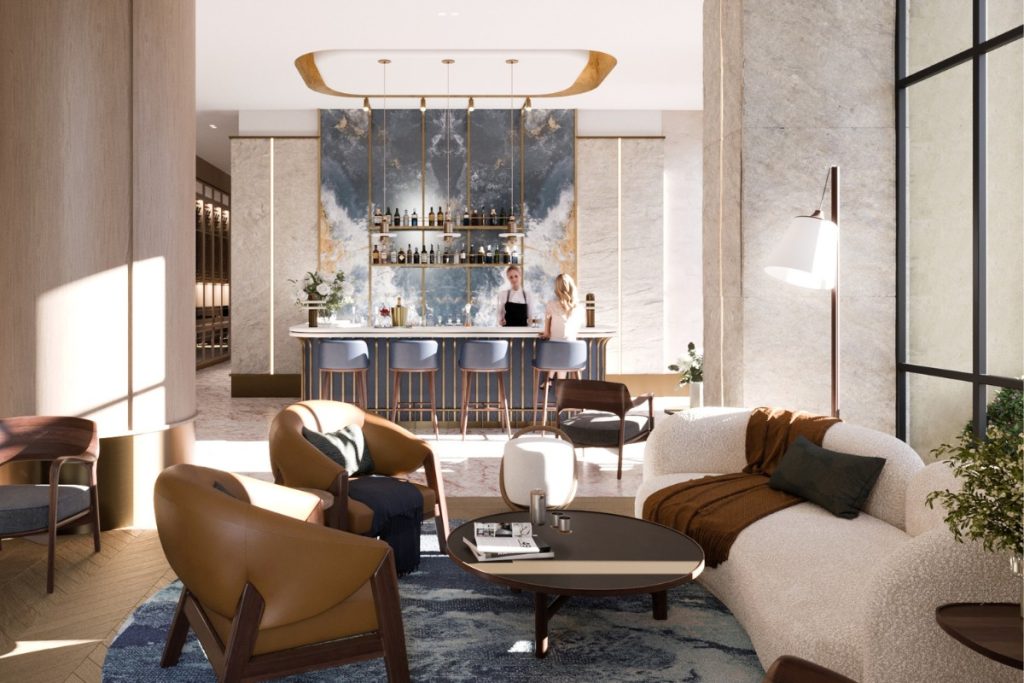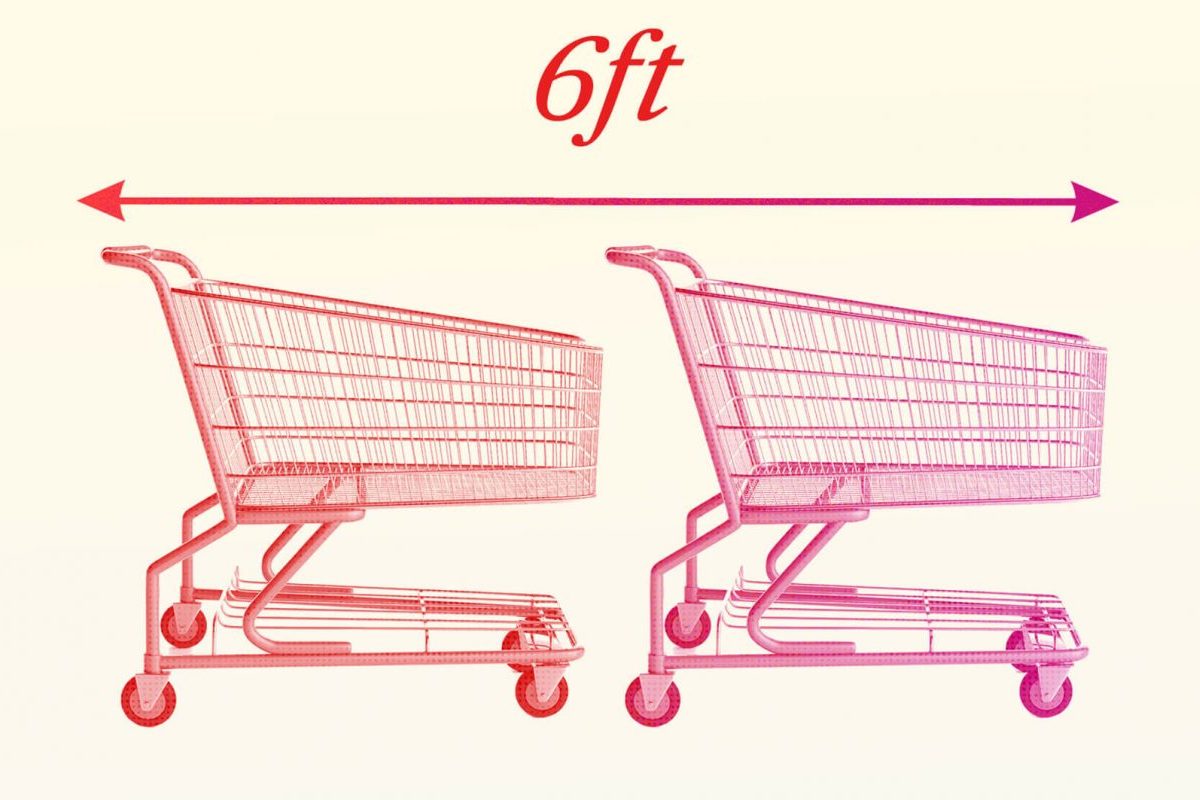 5th June 2020 | IN CORONAVIRUS | BY SBID
5th June 2020 | IN CORONAVIRUS | BY SBIDStaying six feet apart. This is the reference measure that will regulate our private life and social interactions in public spaces for quite some time, or perhaps permanently, after the pandemic.
The new regulations, which will become even more operational as commercial activities and entertainment places begin to be reopen, force us to totally rethink the configuration of public spaces and the measures implemented to maintain safe, hygienic environments which are mindful of allowing for a new lifestyle social distancing. Not only limited to public spaces, this same necessity will emerge also in the private sectors.
The importance of entrances
The good old ‘entrance’ area may be back in fashion – and with a similar function of the past in the public and in the private sector, it is likely to be used to store clothes and objects that must be sanitised upon entry into a building, or even allow space for a screening process to take place before being permitted access. Here, we will also have to wash our hands and wear what you need to preserve yourself from possible infections.
Materials will play a significant role
When considering our future environments, material selection will become a key consideration. Let’s first consider some data. The virus resists:
- 72 hours on plastic
- 48 hours on stainless steel
- 24 hours on paper, cardboard and clothing
- 4 hours on copper
In light of this, it is easy to understand how even the mere choice of surfaces we will come into contact with will be crucial – not just the floors and walls!
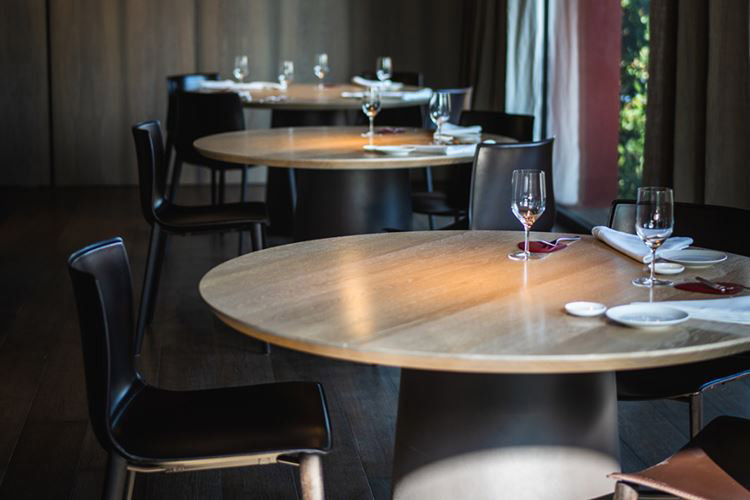
Space planning and furnishing
Aside from the surfaces we touch, the new reality will drastically affect the entire environment that surrounds us; from furnishings to the division of spaces. Fundamental changes will then be applied in the furnishings and organisation of public spaces: layout of restaurant tables, clear directional signage to control traffic glow, access to sales counters and screening, distancing of hairdresser and beautician stations, etc. In these public spaces, we can also also see it becoming important to install forced ventilation systems for air purification.
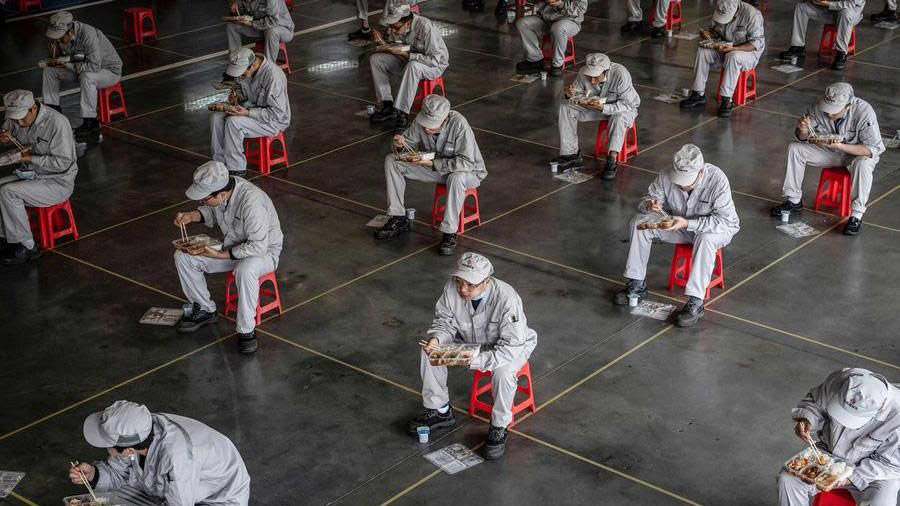
Design for social distancing
The above image represents a group of workers in the Honda factory in Wuhan, China during their lunch break. A grid, drawn on the ground, highlights the safety distances imposed. Very cold and militarian isn’t it?
In this case, appropriate interior design intervention would certainly have had the ability to recreate a more pleasant environment full of positive spirit, especially after the feeling of solitude experienced during to the coronavirus quarantine.
More change is yet to come
It will not be only these strict hygiene measures adopted which will change the world we know today. The change in mentality will be more far-reaching. As awareness of our environmental impacts and concerns over climate change has heightened since the world came to a standstill, societal attitudes are changing on a global scale and our lifestyles may never be the same. As we begin to shift away from the patterns of wasteful consumption and throwaway culture – instead we look to the preservation of goods and the value in buying for longevity.
Hopefully, the art of conservation will pave the way for a better world, a better world will be one in which people will try to build a better future: better to have a small house with a small garden, than being stuck in an apartment! Who knows if, with these premises, urbanisation will reverse its trend!
Keeping you informed. For the latest daily updates on government and business relevant to the interior design industry during the coronavirus pandemic, click here to read more.
About the Author
Elisabetta de Strobel is an internationally acclaimed Interior Designer and Art Director, originally from Rome. Her studio offers expert consultation services for interior design, product design, branding and strategic market analysis.
If you’d like to become SBID Accredited, click here to find out more.

